Home>Garden Essentials>Why Is Balance Important To A Landscape Design
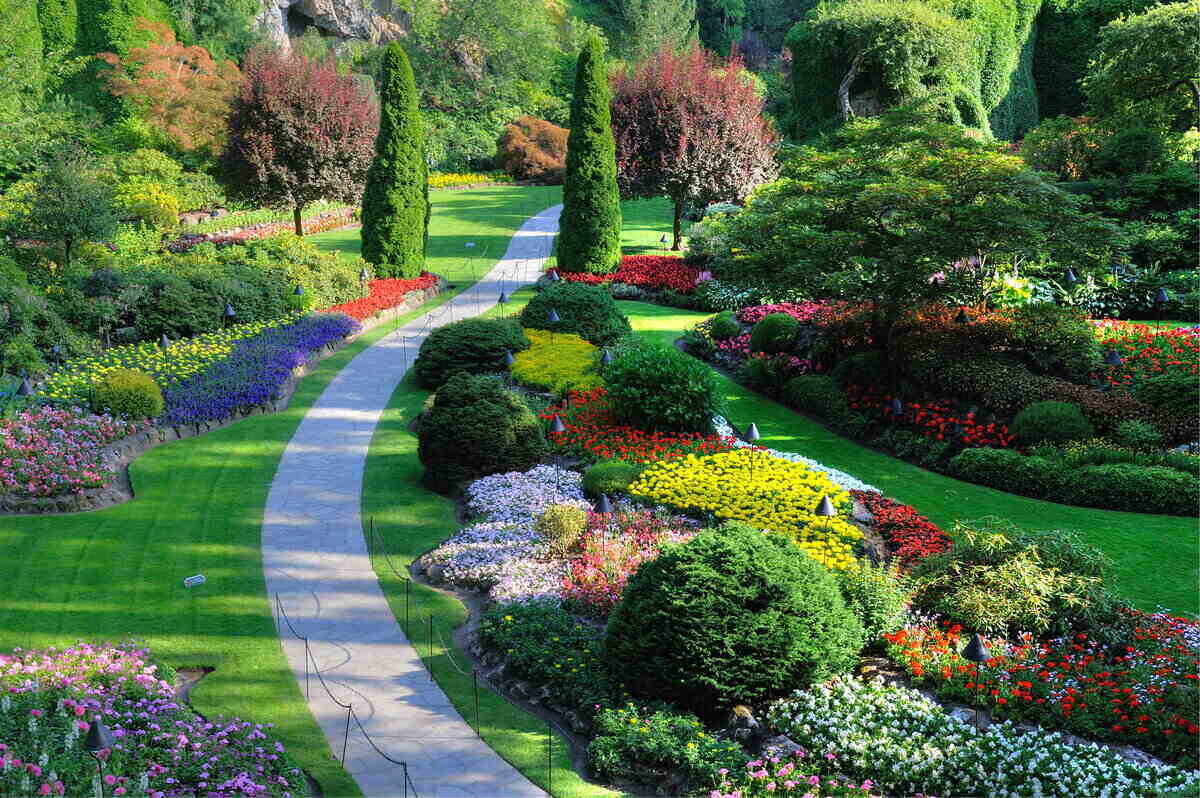

Garden Essentials
Why Is Balance Important To A Landscape Design
Modified: March 7, 2024
Discover why balance is crucial in a garden landscape design. Achieve harmony through thoughtful placement of elements for a stunning and serene outdoor space.
(Many of the links in this article redirect to a specific reviewed product. Your purchase of these products through affiliate links helps to generate commission for Storables.com, at no extra cost. Learn more)
Introduction
Welcome to the world of landscape design, where the beauty of nature meets the creativity of human vision. When it comes to designing a garden or outdoor space, there are many elements to consider. From choosing the right plants and flowers to selecting the perfect hardscape features, every decision plays a role in creating a harmonious and visually appealing landscape. One key aspect that should never be overlooked is balance.
Balance in landscape design refers to the distribution of visual weight throughout the space. It’s about creating a sense of equilibrium and harmony by arranging the various elements in a way that is aesthetically pleasing and visually appealing. Achieving balance can make a significant difference in the overall attractiveness and functionality of a garden or outdoor area.
There are different types of balance in landscape design, such as symmetrical balance and asymmetrical balance. Symmetrical balance involves creating a mirror image on each side of a central axis, while asymmetrical balance involves arranging elements in a way that creates a sense of equilibrium without relying on identical forms. Both types of balance play a crucial role in the overall design composition.
In this article, we will explore the importance of balance in landscape design and how it can be achieved through various techniques and considerations. Whether you are a seasoned gardener or a novice enthusiast, understanding the significance of balance in landscaping will help you create beautiful and cohesive outdoor spaces that are sure to wow.
Key Takeaways:
- Balance in landscape design is like creating a visual harmony by arranging elements in a way that is aesthetically pleasing and functional, whether it’s through symmetrical or asymmetrical arrangements.
- Achieving balance through maintenance and growth is a continuous effort that requires regular care to ensure the landscape remains visually appealing and well-proportioned.
Read more: Why Landscaping Is Important
Defining Balance in Landscape Design
Balance in landscape design is the art of arranging and positioning elements in a way that creates visual equilibrium and harmony. It involves considering the distribution of visual weight and ensuring that no single element overwhelms the overall composition. Just like balancing the scales, achieving balance in landscape design requires careful thought and consideration.
There are two primary types of balance in landscape design: symmetrical balance and asymmetrical balance.
Symmetrical balance, also known as formal balance, involves creating a mirror image on both sides of a central axis. This means that elements are placed in an identical or nearly identical manner on both sides to create a sense of harmony and order. The result is a formal and structured design that is visually appealing and brings a sense of calm and serenity to the space. Symmetrical balance is often used in formal gardens or architectural landscapes where a sense of order and symmetry is desired.
In contrast, asymmetrical balance, also known as informal balance, does not rely on identical forms or a centrally defined axis. Rather, it involves arranging elements in a way that creates a sense of equilibrium and balance through the strategic distribution of visual weight. This type of balance allows for more creativity and flexibility in design, as it embraces the beauty of imperfection and the natural flow of the landscape. Asymmetrical balance is often used in more relaxed and informal garden styles, such as cottage gardens or naturalistic landscapes.
Regardless of the type of balance used, the goal is to create harmony and unity in the landscape. Each element, whether it’s plants, hardscapes, or water features, should be thoughtfully positioned to contribute to the overall balance of the design. By understanding and applying the principles of balance, landscape designers can create visually pleasing and harmonious outdoor spaces that engage the senses and evoke a sense of tranquility and beauty.
The Importance of Balance in Landscape Design
Balance plays a crucial role in landscape design, as it enhances the overall aesthetics, functionality, and enjoyment of outdoor spaces. Here are some reasons why balance is of utmost importance:
- Visual Appeal: A well-balanced garden or outdoor area is visually appealing and pleasing to the eye. It creates a sense of order and harmony, making the space more inviting and enjoyable for both residents and visitors. Whether it’s a symmetrical formal garden or an asymmetrical naturalistic landscape, balance has the power to capture attention and evoke a positive emotional response.
- Unity and Cohesion: Balance brings unity and cohesion to the overall design. When elements are carefully arranged, they work together harmoniously, creating a cohesive and unified look. This ensures that all the various elements, such as plants, hardscapes, and outdoor furniture, complement each other and work in harmony to create a well-integrated design.
- Functional Considerations: Balance is not just about aesthetics; it also has functional considerations. A well-balanced landscape design takes into account the practical aspects of the space, such as providing adequate circulation and usability. By strategically placing elements, balance can help create pathways, seating areas, and functional zones within the landscape, enhancing the usability and functionality of the outdoor space.
- Stress Reduction: A balanced landscape can have a positive impact on our mental and emotional well-being. The harmonious arrangement of elements can create a sense of calm and tranquility, providing a much-needed escape from our hectic lives. Being surrounded by a balanced outdoor space can help reduce stress, promote relaxation, and improve overall mental well-being.
- Connection with Nature: Balance in landscape design can help strengthen the connection with nature. By considering the natural environment and incorporating elements that blend seamlessly with the surroundings, balance can create a sense of harmony between the built environment and the natural world. This fosters a deeper appreciation for nature and encourages a sustainable and eco-friendly approach to landscaping.
Overall, the importance of balance in landscape design cannot be overstated. It plays a significant role in creating visually appealing, functional, and enjoyable outdoor spaces. Whether it’s through symmetrical or asymmetrical arrangements, balance helps bring harmony, unity, and a sense of tranquility to our gardens and landscapes, enriching our lives and connecting us with the beauty of nature.
Achieving Balance through Symmetry
Symmetry is a powerful tool in landscape design that can help create a sense of equilibrium and visual harmony. By using symmetrical arrangements, landscape designers can achieve balance and add a touch of formality and elegance to the outdoor space. Here are some techniques for achieving balance through symmetry:
- Central Axis: A central axis is the backbone of symmetrical design. It is an imaginary line that divides the space into equal halves. Elements such as pathways, hedges, or water features can be placed along this axis to create a sense of balance. Each side of the axis should mirror the other, with the same types of plants, hardscapes, or structures placed in identical or similar positions.
- Plants and Flowers: Using symmetrically arranged plants and flowers is a popular way to achieve balance in a garden. For example, you can have matching flower beds or shrubs on both sides of the central axis, creating a pleasing visual symmetry. You can also use trees to frame the space, planting the same species on either side of the axis.
- Hardscape Features: Hardscape elements, such as pathways, pergolas, or seating areas, can be symmetrically placed to create balance. For instance, a central path flanked by matching flower beds or hedges can create a striking visual impact. Similarly, symmetrical seating areas or focal points, such as statues or water features, can enhance the overall symmetry of the design.
- Mirroring Elements: Another technique is to mirror elements in design. For example, if you have a fountain on one side of the axis, you can mirror it with a similar fountain on the opposite side. This creates visual balance and adds a sense of rhythm and repetition to the design.
- Balanced Color Palette: Using a balanced color palette is essential in symmetrical designs. Colors should be distributed equally on both sides of the central axis to avoid one side overpowering the other. This can be achieved by placing plants with matching colors or using complementary colors in a well-proportioned manner.
By employing these techniques, landscape designers can create stunning symmetrical designs that exude elegance and balance. Whether it’s a formal garden, an entryway, or a courtyard, symmetrical balance can transform the outdoor space into a visually striking and harmonious environment.
Achieving Balance through Asymmetry
While symmetrical balance creates a sense of order and formality, asymmetrical balance introduces a more relaxed and naturalistic feel to a landscape design. Asymmetry is about balance through the strategic distribution of visual weight, without relying on identical forms. Here are some techniques for achieving balance through asymmetry:
- Focal Points: By strategically placing focal points throughout the space, asymmetrical balance can be achieved. These focal points can be elements such as sculptures, water features, or unique plantings that draw the eye and create a visual anchor within the landscape.
- Groupings and Clusters: Grouping together different elements, such as plants or hardscape features, in an asymmetrically balanced manner can create an interesting and visually pleasing composition. The elements within the group should vary in size, shape, and texture to create a sense of balance without perfect symmetry.
- Varying Heights: Incorporating elements of varying heights can add depth and dimension to the landscape, creating an asymmetrical balance. Taller plants or structures can be positioned on one side and balanced with shorter elements on the other side, creating a harmonious visual flow.
- Contrasting Colors and Textures: Balancing different colors and textures is a fundamental aspect of asymmetrical design. By carefully choosing plants, flowers, and hardscape materials with contrasting colors and textures, an asymmetrical balance can be achieved. The key is to distribute these elements in a visually pleasing manner throughout the landscape.
- Pathways and Curves: Asymmetry can also be achieved through the design of pathways and curves. By creating meandering paths or using curved edges instead of straight lines, a sense of asymmetrical balance can be introduced. This technique adds movement and flow to the design while maintaining a pleasing balance.
- Negative Space: The strategic use of empty or negative space is vital in asymmetrical balance. It allows the eye to rest and appreciate the arrangement of elements. By leaving open areas within the design, one can create a sense of balance and emphasize the arrangement of surrounding elements.
Through these techniques, landscape designers can create visually engaging and dynamic outdoor spaces that embrace the beauty of imperfection and asymmetry. Asymmetrical balance adds a sense of natural flow, spontaneity, and informality to the design, creating a more relaxed and inviting atmosphere.
Balance in landscape design is important to create visual harmony and prevent a space from feeling overwhelming. To achieve balance, consider the size, shape, and placement of elements to create a sense of equilibrium in the design.
Read more: Why Are Pillows Important
Creating Balance with Color and Texture
Color and texture are powerful tools in landscape design that can be used to create balance and visual interest. By carefully selecting and combining colors and textures, landscape designers can achieve a harmonious and balanced composition. Here are some ways to create balance with color and texture:
- Color Harmony: Choosing a cohesive color palette is essential for creating balance in landscape design. Consider the colors of plants, flowers, hardscape materials, and outdoor furnishings. Aim for a balanced distribution of colors throughout the space, ensuring that no single color dominates the design. Complementary colors, such as red and green or blue and orange, can create a striking visual balance.
- Texture Variation: Incorporating a variety of textures adds depth and interest to the landscape. Mix plants and materials with different leaf shapes, surface textures, and growth habits. For example, coarse and bold-textured plants can be balanced with fine-textured plants to create a visually pleasing contrast. This variation in texture adds dimension and balance to the overall design.
- Color Blocking: Grouping plants with similar colors together can create a visually balanced and cohesive look. This technique, known as color blocking, involves arranging plants with similar hues or tones in specific areas of the landscape. By creating these color-focused areas, you can achieve a balanced distribution of color throughout the design.
- Focal Points: Using color and texture strategically can draw attention to specific focal points in the landscape. Highlighting key elements, such as a vibrant flower bed or a unique textured sculpture, can create a sense of balance by distributing visual interest evenly throughout the space. These focal points can act as anchors, grounding the design and providing a sense of balance.
- Seasonal Variation: Another way to create balance with color and texture is to consider the seasonal changes in the landscape. Select plants that offer different colors and textures throughout the year, ensuring that the design remains visually appealing and balanced regardless of the season. By planning for seasonal variation, you can achieve a dynamic and ever-changing landscape.
- Contrasting Elements: Contrasting colors and textures can create a dynamic balance in landscape design. Consider pairing plants or materials with opposite characteristics, such as smooth and rough textures or warm and cool colors. These contrasting elements create visual interest and vibrancy, adding balance to the overall composition.
By carefully considering color and texture in landscape design, it is possible to create a visually balanced and captivating outdoor space. Through the thoughtful selection and arrangement of colors and textures, landscape designers can evoke different moods, add depth and dimension, and create a harmonious and visually appealing aesthetic.
Balancing Hardscape and Softscape Elements
In landscape design, achieving a balance between hardscape and softscape elements is crucial for creating a cohesive and visually appealing outdoor space. Hardscape refers to the non-living elements, such as pathways, patios, and structures, while softscape encompasses the living elements, including plants, trees, and flowers. By striking the right balance between these two components, landscape designers can achieve a harmonious and well-integrated design. Here are some tips for balancing hardscape and softscape elements:
- Proportion and Scale: Consider the proportion and scale of hardscape and softscape elements in relation to the overall space. The size and mass of hardscape features should be balanced with the lushness and variety of plants and greenery. Avoid overpowering the landscape with too much hardscape or overwhelming the space with an excessive amount of vegetation.
- Unity in Design: Create a sense of unity and cohesion by ensuring that the hardscape and softscape elements work together in harmony. For example, the materials used in the hardscape, such as stone or wood, can be echoed or complemented by the selection of plants and flowers. This creates a seamless transition between the two elements and enhances the overall aesthetic of the design.
- Pathways and Borders: Utilize pathways and borders as transitional elements that connect and separate hardscape and softscape areas. A well-designed pathway can guide the eye and provide a clear demarcation between different areas. Blend hardscape and softscape elements along these pathways to create a seamless flow between the two.
- Focal Points: Use hardscape and softscape elements as focal points to create visual interest and balance. For instance, a stunning pergola can be enhanced by surrounding it with carefully selected plants and flowers. Similarly, a vibrant flowerbed can be framed by a hardscape element, such as a decorative wall or fence, to provide a sense of structure and balance.
- Texture and Color: Use the textures and colors of hardscape and softscape elements to create balance. For example, if you have a large expanse of hardscape, soften it with lush greenery or colorful flowers. Conversely, if you have an abundance of dense vegetation, balance it out with the use of contrasting hardscape materials to add visual interest and variety.
- Functional Integration: Balance the functionality of hardscape and softscape elements to ensure practicality and usability. Consider the purpose of each element and how they interact with one another. Design hardscape features, such as seating areas or fire pits, in locations that maximize the view and enjoyment of surrounding softscape elements.
Remember that achieving balance between hardscape and softscape is not just about the physical elements, but also about the overall visual impact and harmony of the design. By carefully considering the proportion, scale, unity, and functionality of hardscape and softscape elements, landscape designers can create a well-balanced and inviting outdoor space that seamlessly integrates the beauty of both components.
Maintaining Balance through Maintenance and Growth
Creating balance in landscape design is not a one-time effort, but an ongoing process that requires regular maintenance and management. As plants grow and evolve, and as hardscape elements age, it is important to maintain balance in the outdoor space. Here are some tips for maintaining balance through maintenance and growth:
- Pruning and Trimming: Regular pruning and trimming of plants is essential to maintain their shape, size, and overall balance within the landscape. This helps prevent any one plant from overpowering the design and ensures that the visual weight remains distributed evenly.
- Thinning and Dividing: Over time, plants may grow too densely or become overcrowded. Thinning out dense areas and dividing plants that have outgrown their space will help maintain a balanced and well-proportioned look in the garden. This also allows for better airflow and light penetration, promoting healthy growth.
- Weeding and Maintenance: Keeping weeds under control is crucial to maintaining the balance of the landscape. Weeds compete for resources and can disrupt the overall harmony. Regular weeding and maintenance tasks, such as removing dead foliage and debris, help keep the landscape looking clean and balanced.
- Replenishing Mulch: Mulch not only helps suppress weeds but also adds a layer of visual continuity and balance to the landscape. Regularly replenish mulch to maintain a consistent appearance and to protect the health of plants by conserving moisture and moderating soil temperature.
- Seasonal Maintenance: Different seasons bring various growth rates and changes in the landscape. Adjust maintenance practices accordingly to keep the balance intact. This includes trimming back plants in the dormant season, deadheading flowers, and adjusting watering and fertilization schedules as needed.
- Updating and Refreshing: Over time, hardscape elements may deteriorate or require updating. Refreshing the design by repainting or refinishing outdoor structures, replacing worn-out materials, or adding new hardscape features can help maintain a balanced visual appeal and keep the design looking fresh and rejuvenated.
Maintaining balance through maintenance and growth is a continuous effort that should be incorporated into regular garden care routines. By staying proactive and attentive to the changing needs of the landscape, you can ensure that the design remains balanced and visually appealing for years to come.
Conclusion
Balance is a fundamental principle in landscape design that can elevate the beauty, functionality, and overall appeal of outdoor spaces. Whether it’s through symmetrical or asymmetrical arrangements, the careful distribution of visual weight creates a sense of harmony and equilibrium in the landscape. From the selection and placement of plants and hardscape features to the consideration of color and texture, every element plays a vital role in achieving balance.
The importance of balance in landscape design cannot be overstated. It not only enhances the visual appeal of the space but also contributes to its functionality and usability. A well-balanced garden or outdoor area invites tranquility, stimulates the senses, and provides a sanctuary for relaxation and enjoyment.
Whether you prefer the structured elegance of symmetrical balance or the organic beauty of asymmetry, it is essential to strike a harmonious blend between hardscape and softscape elements. By maintaining balance through regular maintenance, such as pruning, weeding, and refreshing, you can ensure that the landscape maintains its visual equilibrium over time.
In conclusion, incorporating balance in landscape design requires thoughtful consideration, creativity, and an understanding of the artistry of nature. By carefully arranging elements, considering color and texture, and finding the right proportions, landscape designers can create outdoor spaces that captivate the eye and nourish the soul.
So, whether you’re designing a small garden or a large estate, remember the importance of balance and let it guide your decisions. Embrace the beauty of symmetry or asymmetry, and create outdoor spaces that bring harmony, tranquility, and natural beauty into our lives.
Frequently Asked Questions about Why Is Balance Important To A Landscape Design
Was this page helpful?
At Storables.com, we guarantee accurate and reliable information. Our content, validated by Expert Board Contributors, is crafted following stringent Editorial Policies. We're committed to providing you with well-researched, expert-backed insights for all your informational needs.





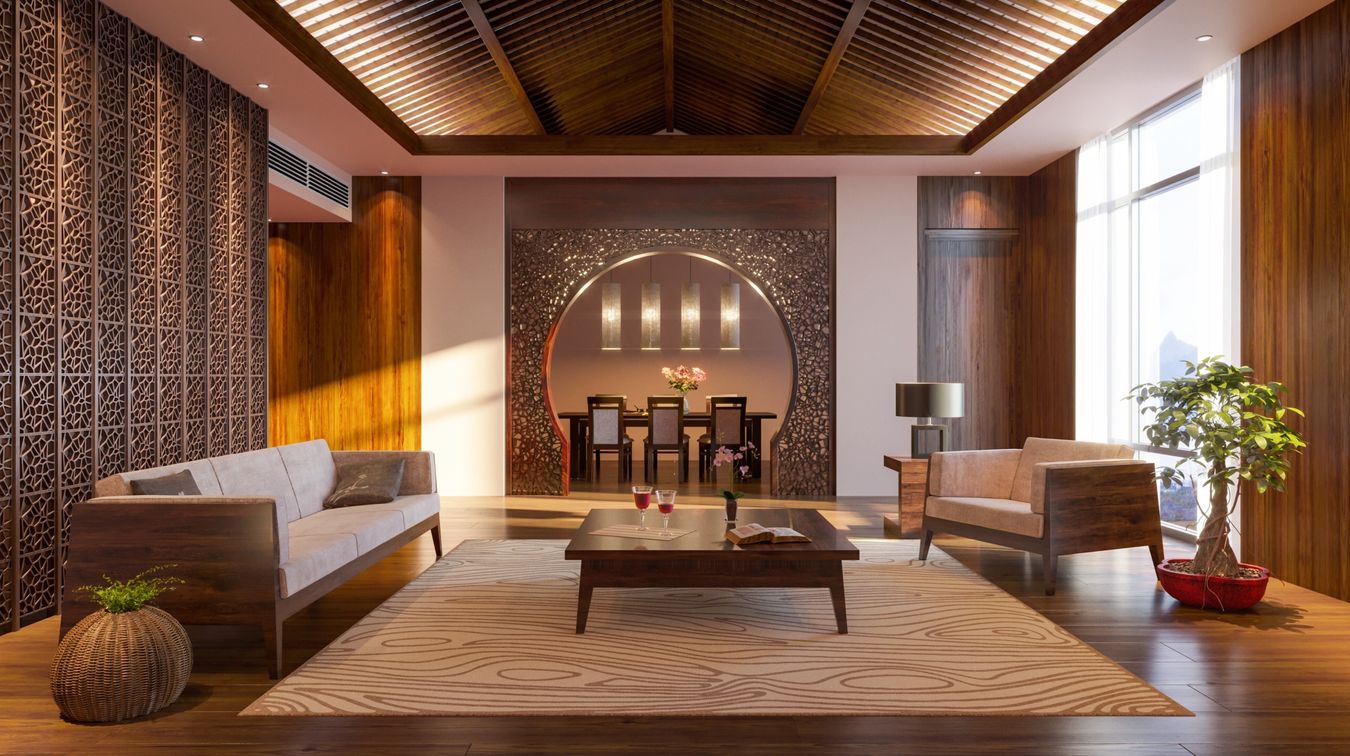
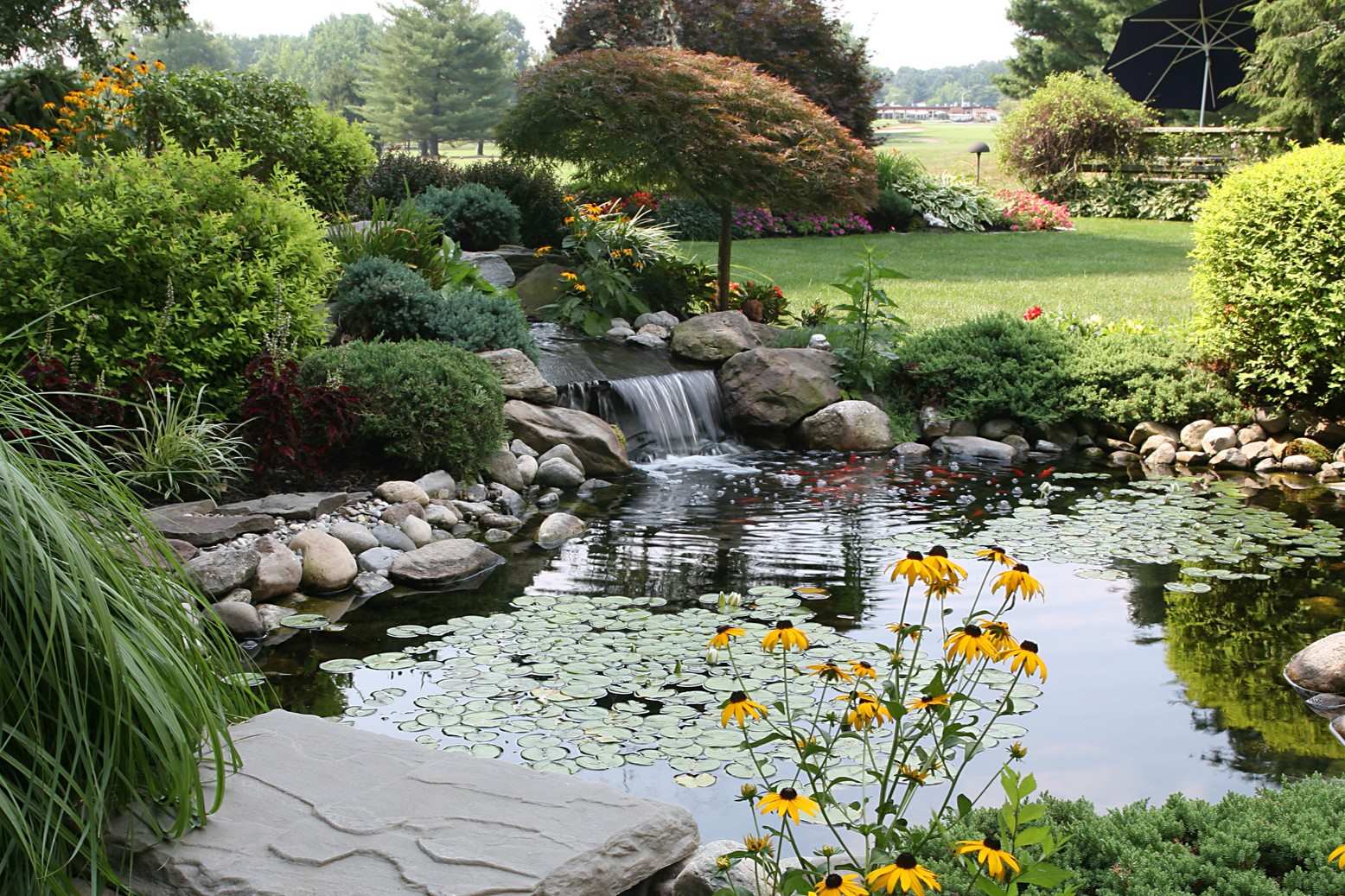


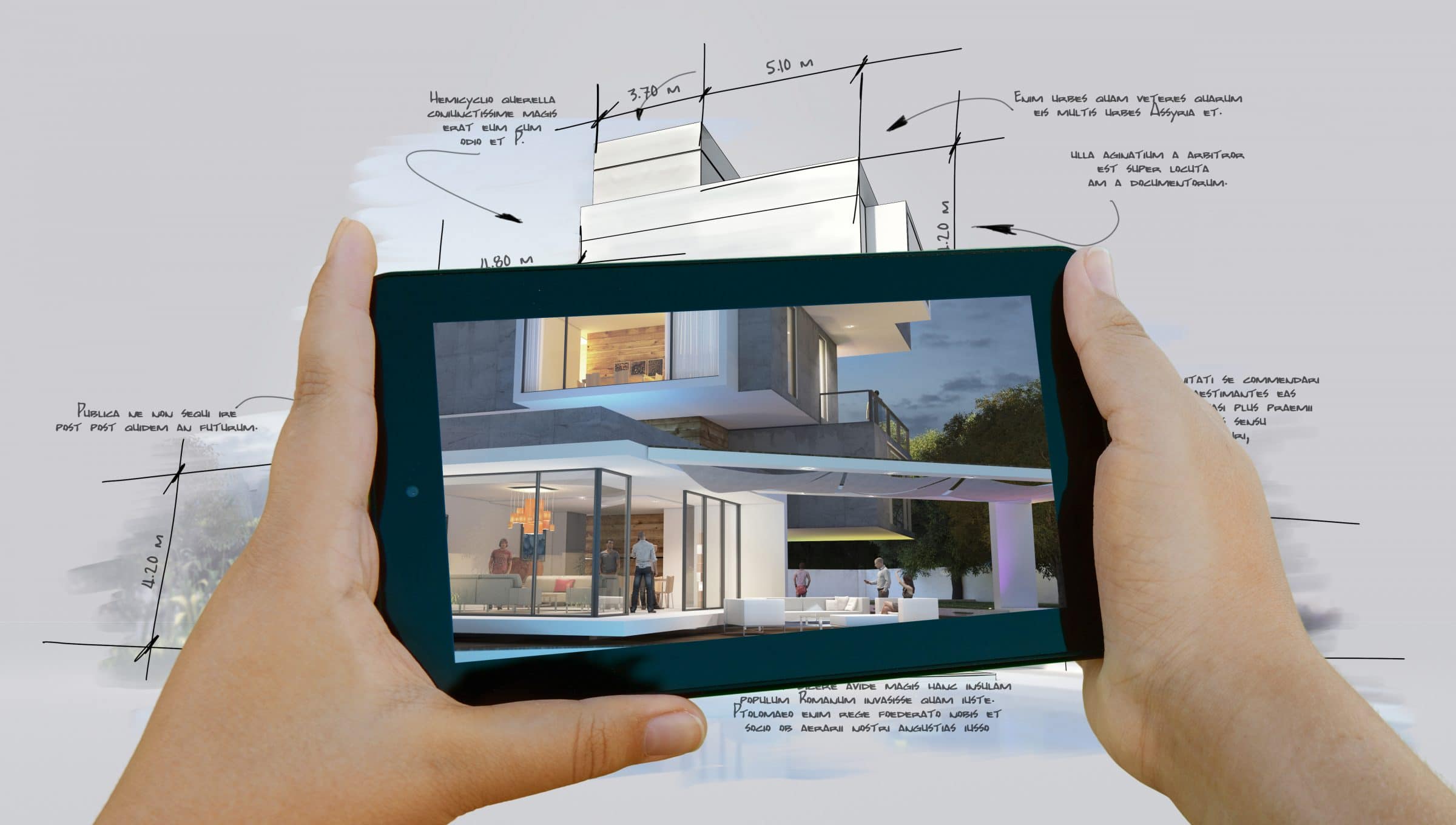

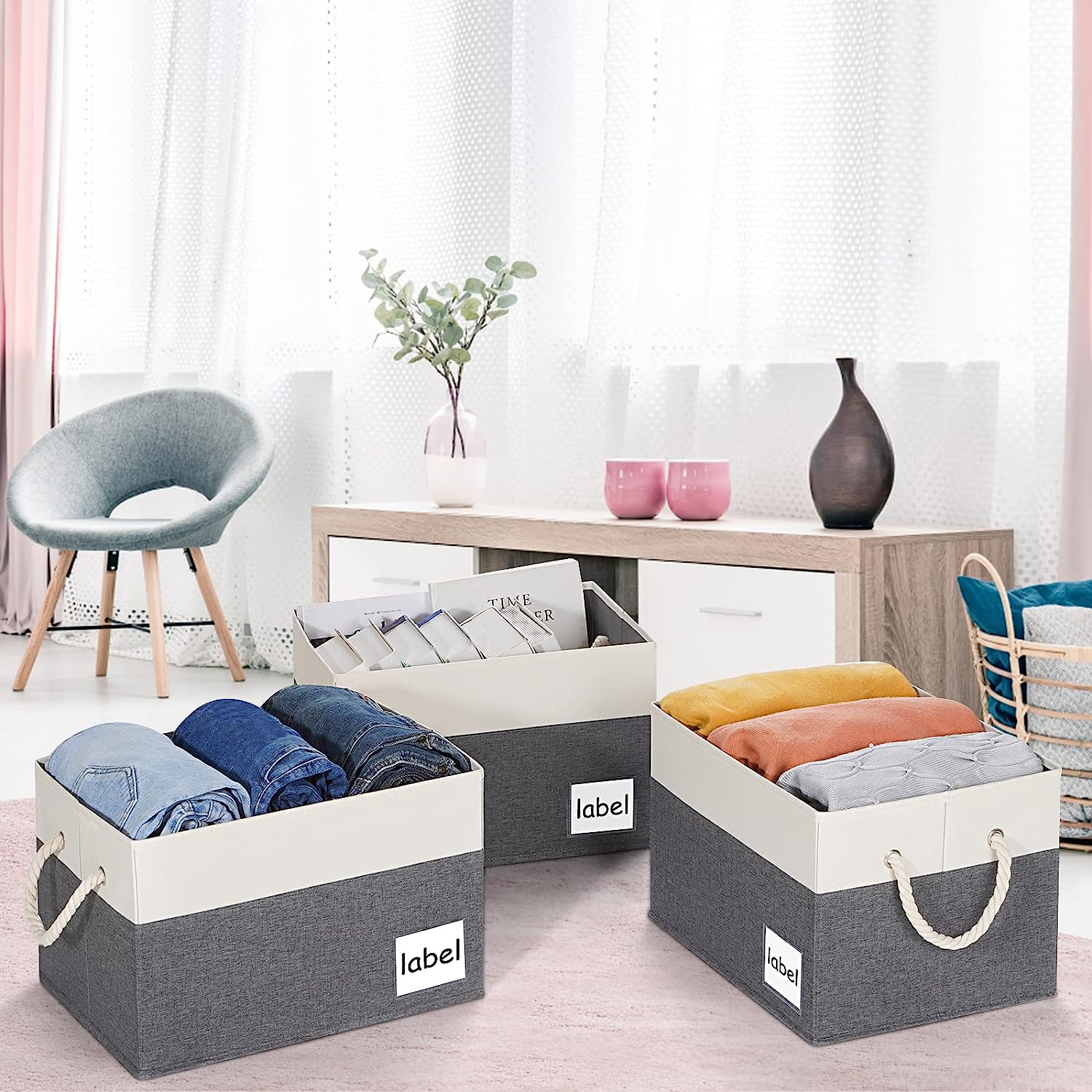
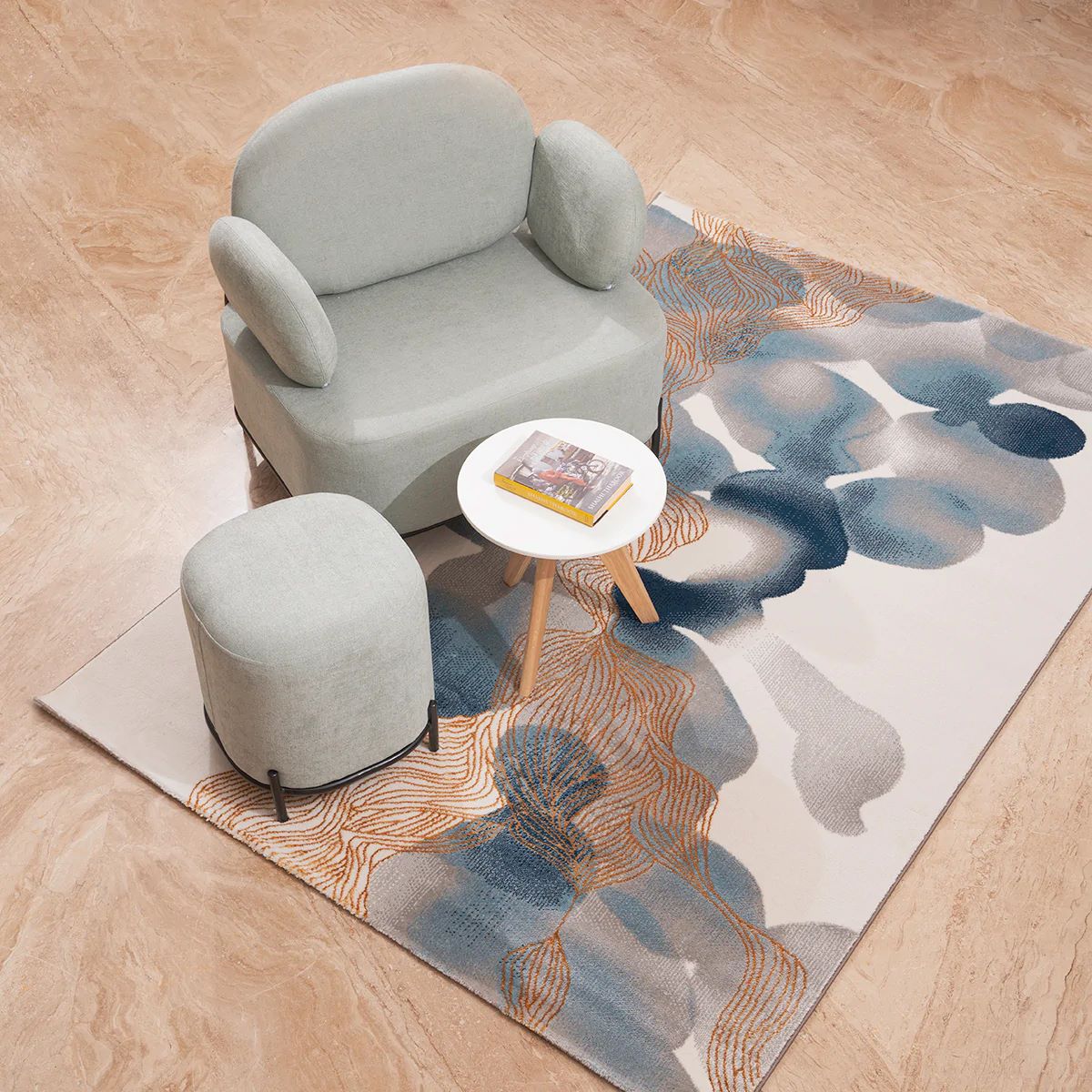


0 thoughts on “Why Is Balance Important To A Landscape Design”